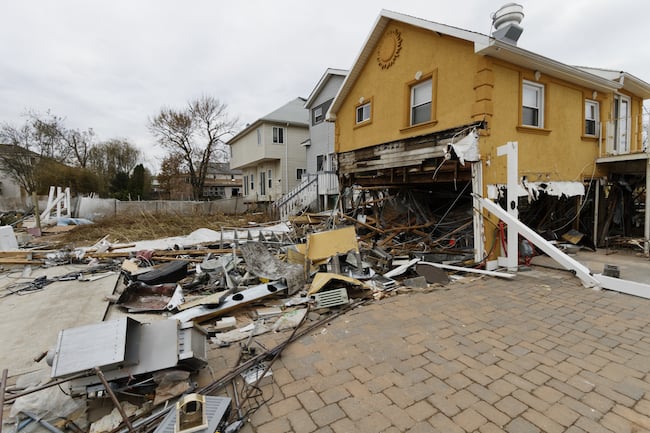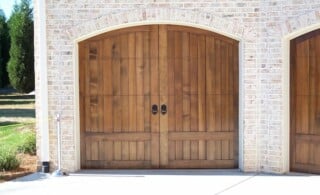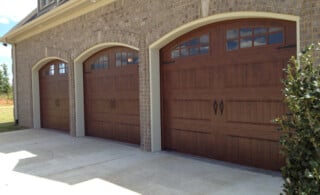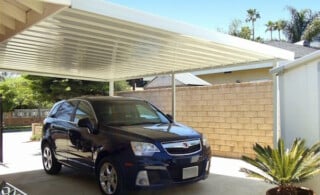 Hurricanes, tornadoes and other extreme winds can cause significant structural damage. Generally speaking, your garage door is your home’s largest and weakest opening. Should high winds be allowed to enter your garage, they may also enter your home, where they can go on to blow out the doors, walls, windows and roofing. Taking measures to secure your garage door in advance of an extreme weather event can prevent such a scenario. And it will go a long way in ensuring the protection of your family, home and property.
Hurricanes, tornadoes and other extreme winds can cause significant structural damage. Generally speaking, your garage door is your home’s largest and weakest opening. Should high winds be allowed to enter your garage, they may also enter your home, where they can go on to blow out the doors, walls, windows and roofing. Taking measures to secure your garage door in advance of an extreme weather event can prevent such a scenario. And it will go a long way in ensuring the protection of your family, home and property.
Many local building codes include garage door wind load requirements that offer some protection against hurricanes and tornadoes. If you live in an area prone to high winds and extreme weather, the Federal Emergency Management Agency (FEMA) suggests that you schedule an inspection to ensure that your garage door meets these requirements. FEMA further suggests the following precautions to secure your garage door against high winds:
Garage Door Braces: A garage door bracing system (or retrofit system) uses vertical braces to secure a horizontally seamed door to the garage floor and ceiling (or horizontal seams to fortify a vertically seamed door). You can install a bracing system on the inside of any garage door — no matter its make, shape or size — though you may need heavier hinges and stronger center supports to reinforce it. Another benefit of installing a bracing system is that it’s temporary; just be sure to install it in adequate advance of a storm.
Garage Door Reinforcements: Inspect the track of your garage door to ensure that it’s securely anchored to the wall (with heavy wood bolts attaching it to wood or expansion bolts attaching it to masonry). If it’s loose, you’ll need to address the anchors or install a stronger track. Further inspect the doors and tracks to ensure that there are no missing screws, replacing any loose screws with longer screws.
Garage Door Springs: Your garage door may need further adjustments following the installation of retrofits and reinforcements. You can identify the need for further adjustments by lowering your garage door halfway. If it springs up or down, you’ll need to call a professional to adjust the springs (doing so on your own is dangerous and not recommended).
Replacement Garage Door: If your garage door can’t be retrofitted or reinforced to prevent damage from extreme winds, you may need to install a stronger garage door. According to HomeAdvisor’s True Cost Guide, most homeowners pay between $742-$1,416 to install a new garage door.
 Garage Doors
Garage Doors  Water, Water Everywhere: How to Prevent Flood Damage
Water, Water Everywhere: How to Prevent Flood Damage  Garage Remodeling Prep Steps
Garage Remodeling Prep Steps  Warm up with a Garage Heater
Warm up with a Garage Heater  Carports
Carports 

Are You Familiar With This Topic? Share Your Experience.